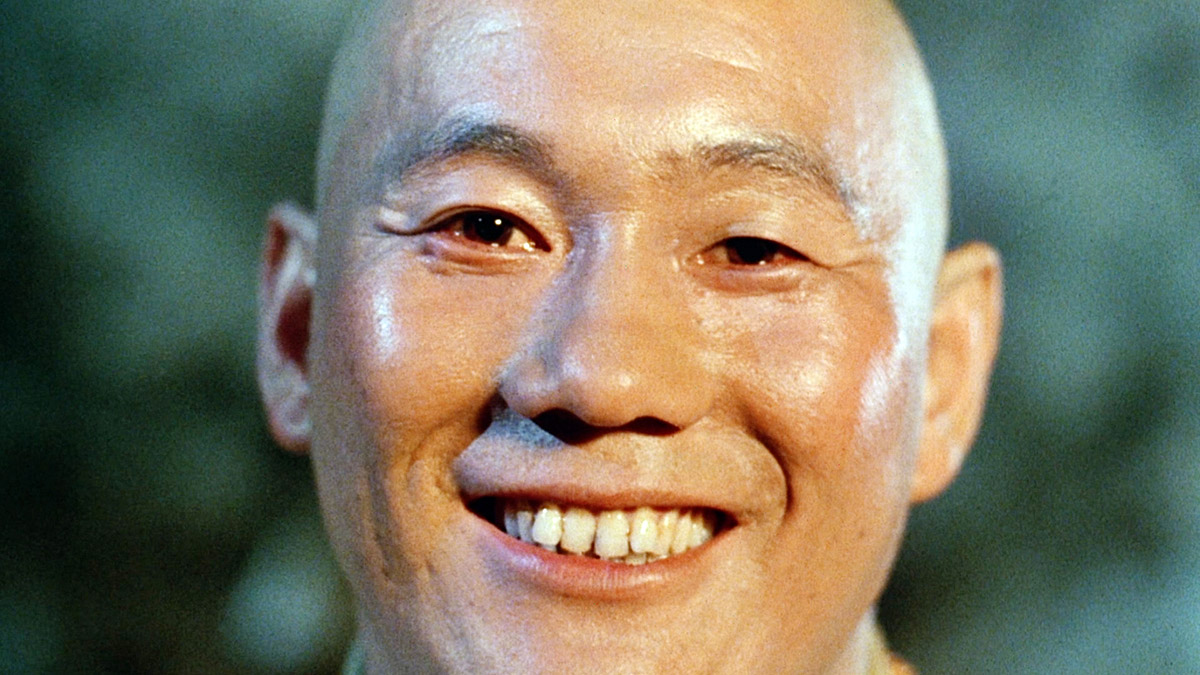
©Oshima Nagisa Productions
"Merry Christmas Mr. Lawrence" Nagisa Oshima x David Bowie x Beat Takeshi x Ryuichi Sakamoto The path to the realization of a unique war movie - Part 2
Beat Takeshi and Ryuichi Sakamoto
The first person chosen was Beat Takeshi from Sergeant Hara. In 1981, he and Oshima worked together on a regular TV program for six months. At that time, Takeshi said that he was interested in movies, and Oshima said, ``When you're in a movie, you have to be the lead role, you can't play a supporting role, you should direct it yourself, you can become Japan's Chaplin.' ' Wouldn't it be better to do something like ` `Jidai '' (47)'' (`` Cinemafile : Merry Christmas Mr. Lawrence' ')? I am amazed at Oshima's foresight in foretelling the birth of film director Takeshi Kitano at this stage, but he had no way of knowing at that point that Senmeri would provide the impetus for that. . In fact, at that point, Oshima had never even dreamed of hiring Takeshi.
However, in early 1982, when he suddenly came up with the idea and sent him the script, Takeshi immediately told his manager to clear his schedule. Immediately after that, I met the writer Nobuhiko Kobayashi in a magazine interview, and when I told him that such a story was coming, Kobayashi immediately replied, ``Well, you should appear, even if you don't mind everything.'' ), he encouraged Takeshi who was worried about his performance. Even before then, Takeshi had been criticized as having a pathos as an actor, but when Kobayashi was younger, Oshima asked him if he would direct the film since he would be producing it, and he also remembers that he was asked to direct Takeshi in Hakuhiru when he was younger. Kobayashi had previously appeared as an actor in ``The Death Penalty'' (the role of a public prosecutor's office clerk played by film critic Masao Matsuda in ``The Death Penalty'' was also originally offered to Kobayashi), and he was familiar with Oshima's film style. Therefore, he knew that Takeshi's appointment would be a success.
However, it was not easy for Takeshi to adjust his schedule, as he had eight regular TV programs and one regular radio program at the time, and although he managed to squeeze in two weeks, it was difficult for him to adjust his schedule. I actually had to finish filming my appearance in 10 days. Despite the voices of those around him who said that it would be impossible to do it in this number of days, Oshima himself declared that he would cut his shooting schedule and complete the shoot.
Ryuichi Sakamoto was next offered the role of Yonoi. This decision was made after much hesitation. There was a photo of Sakamoto in `` Portrait of a Man '' (Shueisha), in which Oshima was also included as a subject. Oshima, who had been watching this for about two months, finally decided to go see him. However, there must have been some secret confirmation of the schedule. Before making the official offer, he had heard rumors that Oshima was casting Sakamoto.
For Sakamoto, Oshima was the director of a movie he watched during his student days. Sakamoto entered Shinjuku High School in April 1967, and during his high school years he often attended Shinjuku Bunka, the main theater for ATG movies. Sakamoto's high school years coincided with the time when Oshima was filming such masterpieces as ``Strangulation'', `` Boy '', and ``Ritual'' at ATG. In addition, Sakamoto wrote `` Shinjuku Thief Diary '', which depicts Shinjuku during the same period, and `` Tokyo Post-War Secret Story '' (1970), which features students making independent films. "I thought it was a companion film" (Monthly Image Forum April Special Issue), and when it came to "Nihon Shunka Ko", which was shot in partnership with Shochiku, I watched it about five times. It is said that It seems that he was motivated to take on the job because of his memories of Oshima's films in the past, and because he thought it was interesting that Oshima still appears on TV and gives performances that highlight his emotions, anger, sadness, and happiness. At this time, Sakamoto expressed that he also wanted to do music. Although he had no experience in film music, Oshima agreed immediately.
Jack Nicholson and Jeremy Irons were considered for the role of Lieutenant Colonel John Lawrence, who plays an important role alongside Bowie, Takeshi, and Sakamoto, but in the end British actor Tom Conti chose Jeremy・The decision was made based on Thomas's recommendation.
Also, although they don't have many roles, Yuya Uchida, Johnny Okura, Hiroshi Mikami, Hideo Murota, Tsuyoshi Naito, and Yuji Honma, if Oshima had worked at the pace of shooting several films a year like he did in the 1960s, , he had a presence and sex appeal that would be strange even if he were starring in a movie. Regarding this casting, Oshima jokingly said, ``In any case, I would never cast someone who appeared in `` Empire of Japan '' and `` Combined Fleet '' (Monthly Image Forum, October 1983 issue). He was even half-serious. ``Sen Meri'' didn't need existing actors who would suit war movies.

